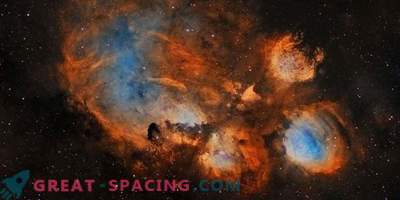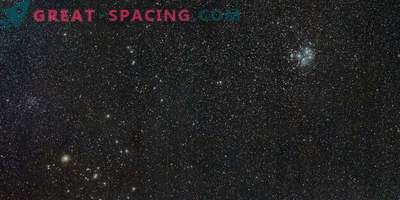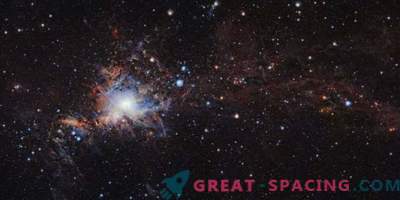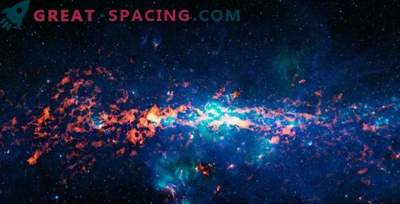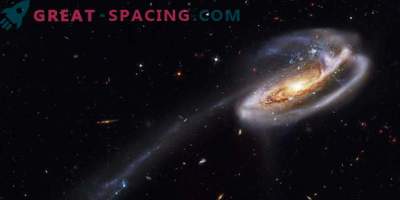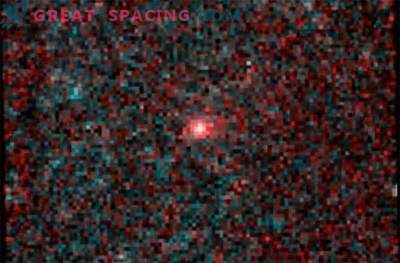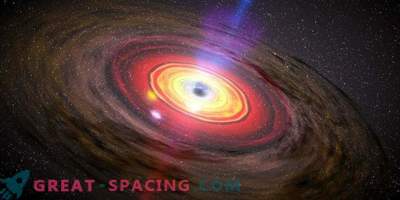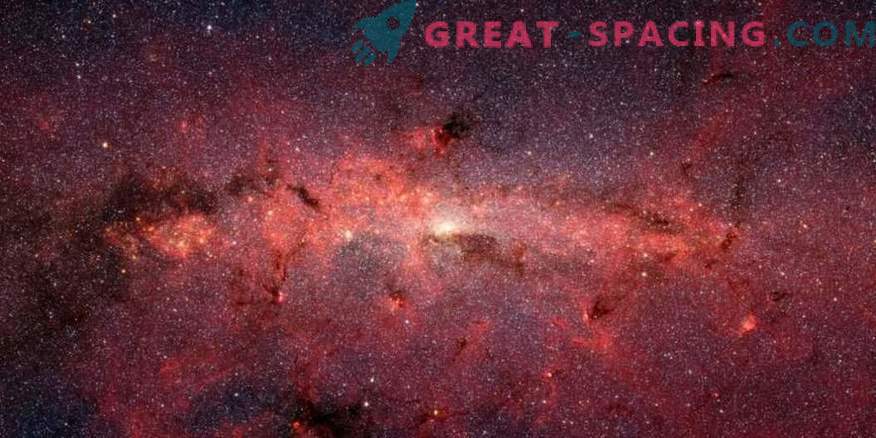
This is the center of the Milky Way, observed when reviewing the molecular line
Scientists have used the Australian telescope to observe the molecular signatures of stars, gas and dust haze in the Milky Way. They aim to find complex molecules that are precursors of life.
With the Murchison Widefield Array (MWA), researchers managed to find two molecules: a mercapto radical (SH) and nitrogen oxide (NO). These molecular transitions come from slow variable stars ending their existence.
The uniqueness of the work lies in the fact that previously no one found molecules in the frequency range 70-300 MHz. The extreme “radio silence” allows the Murchison Radiometric Observatory to study the molecular signatures of stars and star-forming regions at lower frequency indices. Now the project is examining the territory of Orion at a frequency range of 99-270 MHz. The nebula is rich in chemicals, and also acts as one of the nearest star formation sites. The goal is to find the maximum number of indicators in the stars and compare these areas with observations in the galactic center.
This technology will be a step for further deeper studies that can explore our and other galaxies for the presence of molecular precursors of life.
